What happened if No Room for P Trap? If you’re anything like me, you’re probably wondering what a “p trap” is. Well, wonder no more! A p trap is simply a type of plumbing fixture that is designed to prevent sewer gases and odors from entering your home.
Now that we’ve got that out of the way, let’s talk about why you might not want one in your home. The main reason is that p traps can be a real pain to clean. All that hair and gunk
Are P traps necessary?
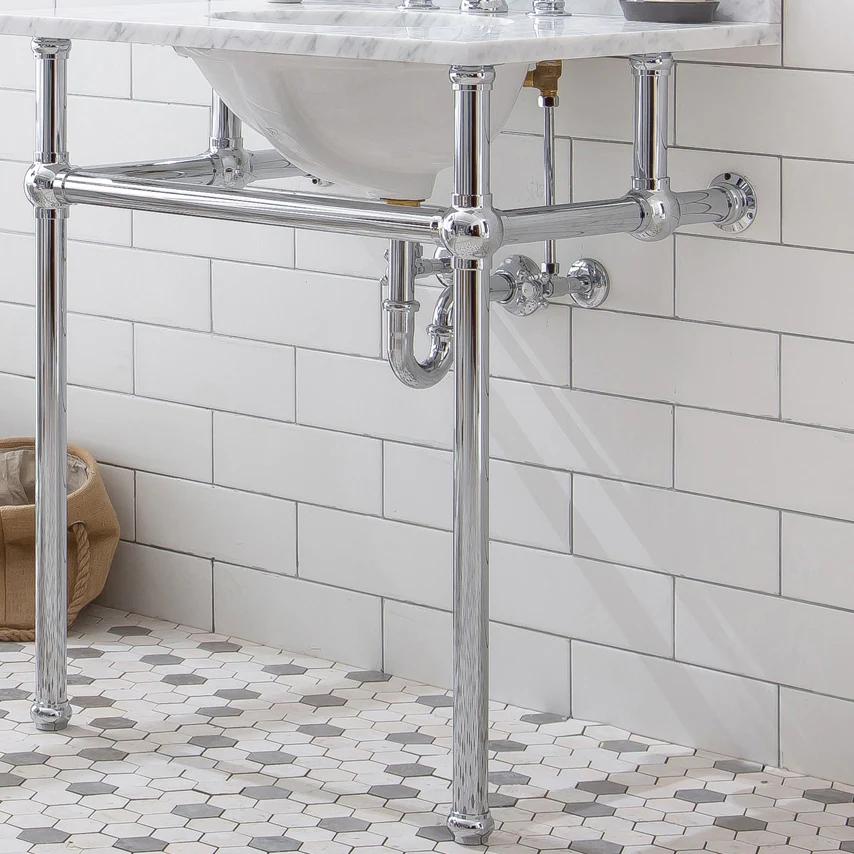
P traps are not always necessary, but they can be very useful in certain situations. For example, if you have a sink that is not used very often, a P trap can prevent sewage gases from entering your home.
How a P trap works?
A P trap is a type of plumbing fixture that is used to prevent sewer gases and odors from entering your home through the drains. The P trap gets its name from the “P” shape of the fixture, which is designed to keep water in the trap at all times.
This water forms a seal that blocks sewage gases from coming up through the drain and into your home.
What to do if No room for p trap?
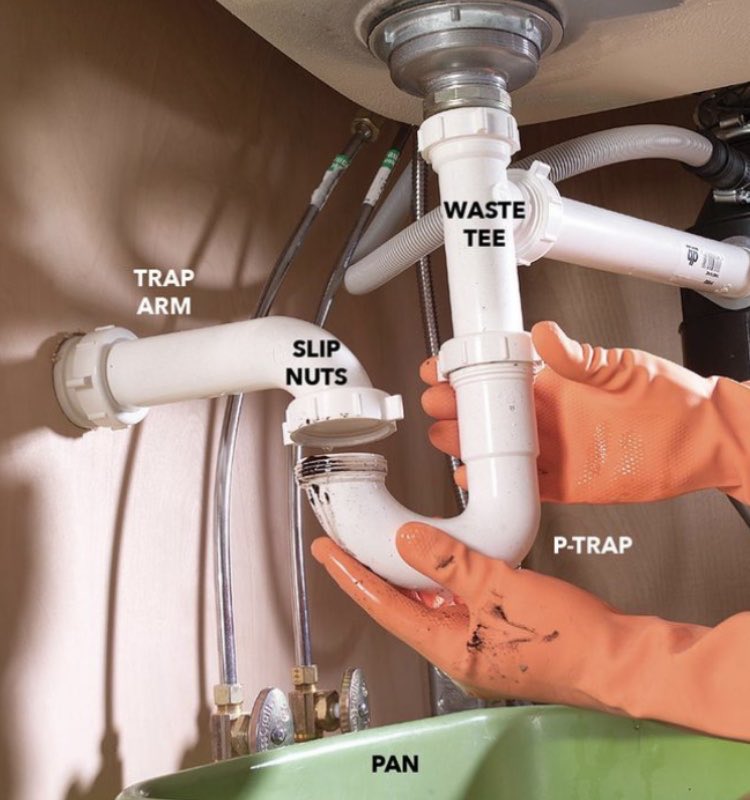
If you’re remodeling your bathroom and don’t have room for a traditional P-trap, don’t despair. There are several ways to plumb a bathroom drain without using a P-trap.
1. HepvO Trap
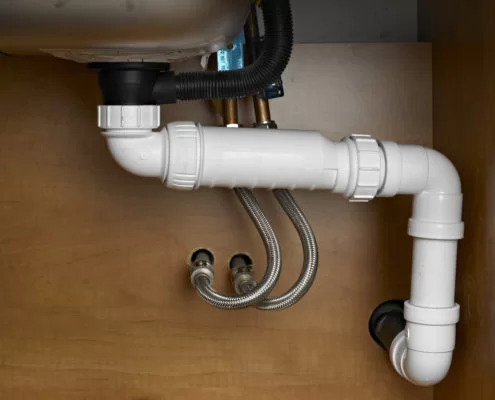
HepvO is a unique patented product that offers many benefits for users. The HepvO Trap is designed to be used in wet areas such as Kitchens and Bathrooms to prevent odors and blockages in drains. It can also be used in laundry machines to protect against lint buildup.
HepvO waterless traps are an effective way to trap harmful bacteria and viruses, making them ideal for use in plumbing. HepvO traps work by trapping water inside a chamber, which prevents it from coming into contact with the outside environment.
This prevents the spread of harmful bacteria and viruses, as well as protecting the quality of the water. HepvO traps are easy to use and can be installed in any type of plumbing system.
2. Bottle Trap
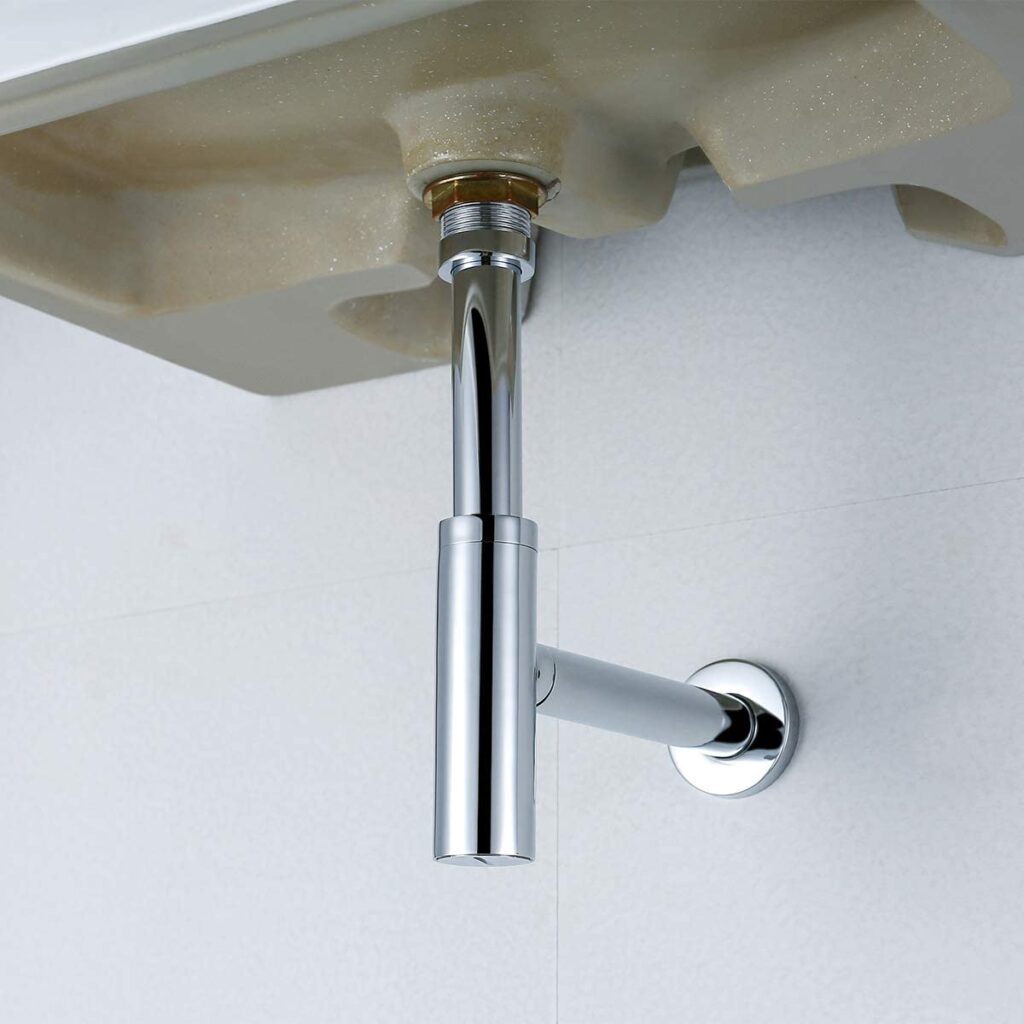
A bottle trap is a type of plumbing device that is used to trap water in order to prevent foul odors and gases from entering the home through the drains. Bottle traps are typically made of brass or plastic and are available in a variety of sizes to fit different types of drain pipes. Most bottle traps have a U-shaped design that allows water to flow into the trap, but not back out.
Bottle traps are usually installed under sinks and other fixtures where drains are located. In order to install a bottle trap, the drain pipe must be cut and then fitted with a coupling nut that connects the trap to the pipe.
Once the trap is in place, a cap is screwed onto the top of the trap to seal it shut. Once installed, bottle traps require little maintenance.
How to connect P-trap to floor drain pipe?
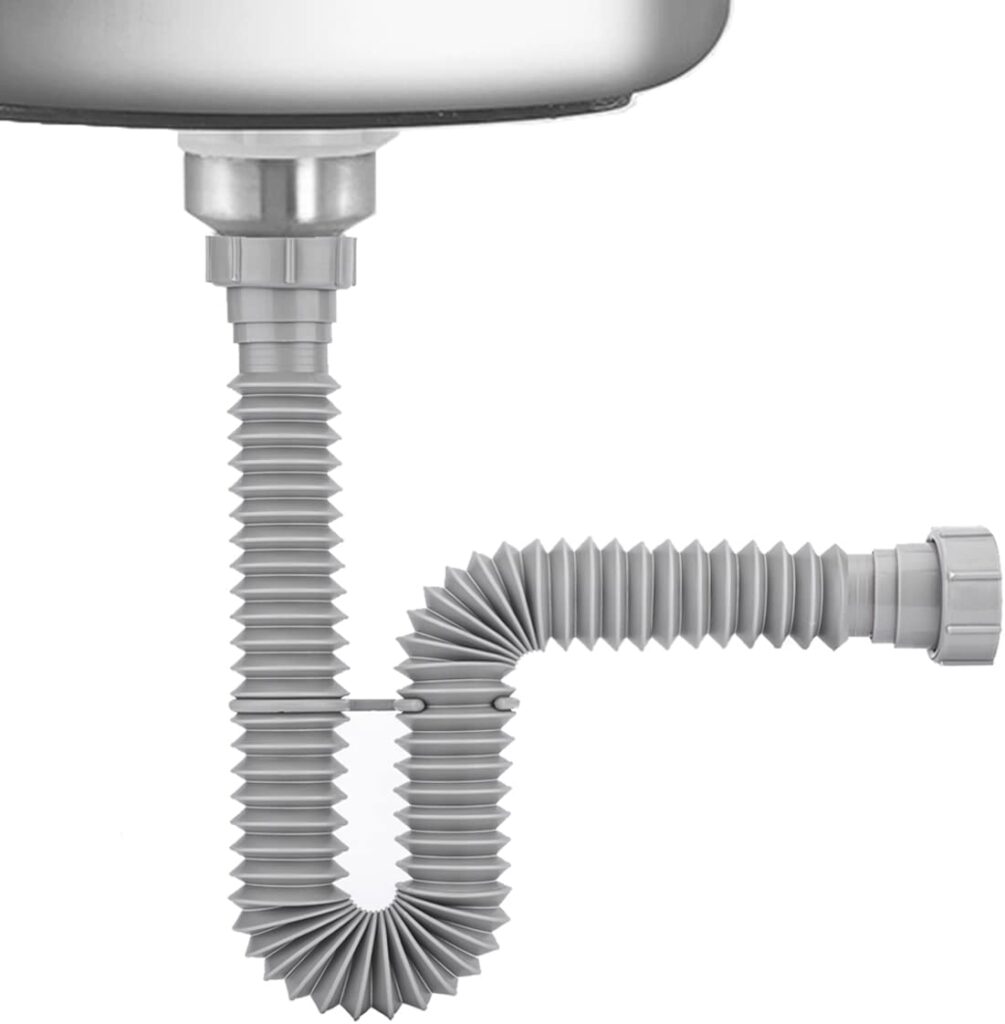
If you need to connect a P-trap to a floor drain pipe, there are a few things you need to do.
- First, make sure that the P-trap is the right size for the drain pipe.
- Second, clean the ends of the drain pipe and the P-trap with a wire brush.
- Third, apply a layer of plumber’s putty to the end of the P-trap.
- Fourth, insert the P-trap into the drain pipe and twist it until it is tight.
- Fifth, apply another layer of plumber’s putty to the joint between the P-trap and the drain pipe.
- Sixth, install a coupling nut over the joint and tighten it with a wrench.
- Turn on the water and check for leaks. If there are any leaks, tighten the coupling nut until it stops.
How much room do I need for P-trap?
The P-trap is a drainage fitting that is installed under most sinks. It is typically made of metal or plastic and consists of a U-shaped section with a curved arm that connects to the drainpipe.
Most P-traps are installed with a standard 1 1/2-inch diameter drainpipe, but some models are available in other sizes. It is important to choose the right size P-trap for your sink to ensure proper drainage and to prevent leaks.
When installing a P-trap, you will need to allow for some space behind the sink for the trap and arm. The amount of space needed will vary depending on the type of P-trap you select.
Consult the manufacturer’s instructions for specific information on clearance requirements.
What can I use instead of P-trap?
If you don’t have room for a traditional P-trap, you can use a S-trap,bucket trap, or an extended P-trap. Any of these options will work as long as they are properly installed and maintained.
What happens if P-trap too deep?
If you install a P-trap that is too deep, it could result in the trap losing its water seal. This would allow sewer gases to escape into your home, which can be both unpleasant and dangerous. Additionally, deep traps can be difficult to clean, as debris can accumulate in the bottom of the trap that is out of reach.
Wondering why Plunging Shower Drain Made It Worse, check the article.
How do I extend my P-trap?
It is possible to extend a P-trap, but it is not recommended. P-traps are designed to be installed at a certain distance from the drain in order to allow proper drainage. If you extend the P-trap, you may not have enough room for the water to drain properly, which could lead to clogs and other problems.
Can the drain be higher than the P-trap?
No, the drain cannot be higher than the P-trap. The P-trap must be installed at the correct height in order to function properly.
Is P-trap supposed to be full of water?
No, the P-trap is not supposed to be full of water. The water in the P-trap is there to create a seal that prevents sewer gases from entering your home. The water also keeps dirt and debris from entering the sewer pipes.







